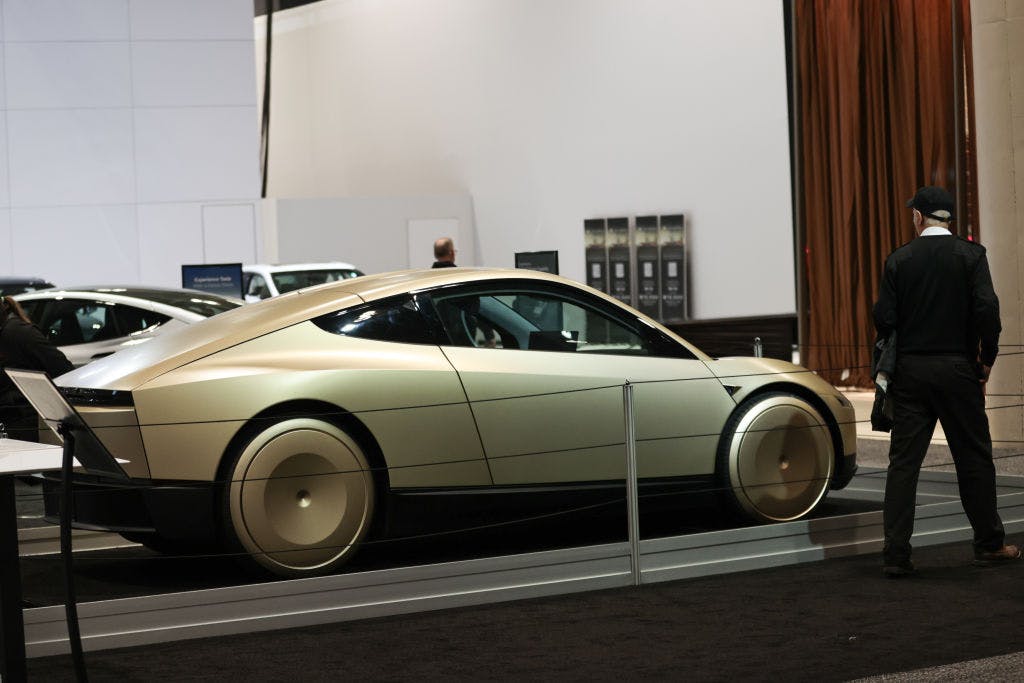Tesla’s robotaxi will be invite-only and have drivers who are not in the car
Objects in mirror may be less exciting than they originally appeared.
Tesla’s robotaxi launch is still on, but the details are a lot less exciting than they originally seemed, according to a note from Morgan Stanley analyst Adam Jonas, who attended a Tesla session hosted by Head of Investor Relations Travis Axelrod.
Jonas wrote Friday:
“Austin’s a ‘go’ but fleet size will be low. Think 10 to 20 cars. Public roads. Invite only. Plenty of tele-ops to ensure safety levels (‘we can’t screw up’). Still waiting for a date.”
The brief statement confirms a bit of what we already knew from CEO Elon Musk about the service, based on the last earnings call, including that the program would start with 10 to 20 cars and would have remote support, but is also a far cry from what a normal person might have imagined from the “unsupervised, no one in the car, Full Self-Driving” paid public service that CEO Elon Musk has said was supposed to roll out next month.
Let’s go one by one:
10 to 20 cars: The service will start at only a fraction of the size of Google’s 100-car Waymo operation in Austin. Musk has said he plans to “scale it up rapidly” to the point where there will be “millions of Teslas operating autonomously in the second half of next year,” when the program will “become material and affect the bottom line of the company.” Musk also has a history of grossly overestimating Tesla’s future progress, and “millions” is an order of magnitude above 10.
Public roads: These robotaxis will be operating in a geo-fenced area of Austin that Tesla has been training on. That’s very different from Tesla’s stated end goal of having cars autonomously drive their owners around the country and the world. Musk, of course, isn’t advertising it that way: “Because what we’re solving for is a general solution to autonomy, not a city-specific solution for autonomy, once we make it work in a few cities, we can basically make it work in all cities in that legal jurisdiction.”
Invite only: We’ve asked Jonas for more detail on who is included in those invites and what the process is, but suffice it to say that it’s not the same as a public service that anyone can use.
Plenty of tele-ops to ensure safety levels: Musk had previously made it seem like the remote operators would be available only for edge cases. “We do have remote support, but it’s not going to be required for safe operation,” Musk said during the last earnings call. “Every now and then if a car gets stuck or something, someone will like, unlock it.” The need for tele-operators to ensure safety sounds a lot like supervised full self-driving, except the driver is able to pilot the car remotely.
It’s also a bit like Tesla’s Optimus robot, which is likely just copying a human’s exact movements rather than moving on its own.
Still waiting for a date: Musk had originally said June. Then he updated that to the “end of June or July” on the last earnings call. It seems like they don’t actually know yet.
